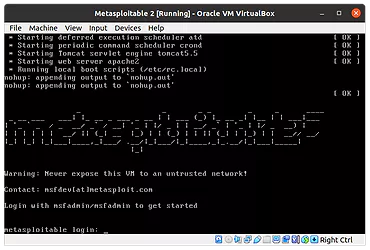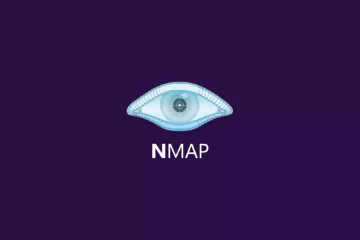Exploiting
Security Vulnerabilities
How to Change Your Grades, the Hard Way
No software is completely secure, not even against six undergrad CS majors with eight weeks on their hands. We replicated existing attacks for historically significant software vulnerabilities and flaws in software used daily at Carleton. We set up vulnerable systems, performed penetration testing with existing POCs (Proof-Of-Concept), and then wrote our own exploits and added them to Metasploit.Vulneribilities
Tools We Used
Here are some tools we used to perform penetration-testing and automate our exploits
Kali Linux
Kali Linux is an open-source, Debian-based Linux distribution geared towards various information security tasks, such as Penetration Testing, Security Research, Computer Forensics and Reverse Engineering. Learn more
Metasploit
The Metasploit Framework is a Ruby-based, penetration testing platform that enables you to write, test, and execute exploit code. It is a collection of commonly used tools, providing complete environment for penetration testing and exploit development. Learn more
Metasploitable2
Metasploitable 2 is an intentionally vulnerable Ubuntu Linux virtual machine that is designed for testing common vulnerabilities, compatible with VMWare, VirtualBox, and other common virtualization platforms. Learn more
CVEs We Exploited
CVE is short for Common Vulnerabilities and Exposures. It is a
list of publicly disclosed computer security flaws. After studying
the CVE database, we selected a small collection of CVEs for which
to write exploits and set up automated attacks in Metasploit. Here
are the list of CVEs we explored.

Apache Log4J
CVE-2021-44228
Zero-day vulnerability in the Apache Log4j that allows
easy-to-exploit remote code execution in Java applications
Learn More

Moodle
Taking Over Moodle Demonstration of 4 vulnerbilities:CVE-2020–25627, CVE-2020–14321, CVE-2020–25629, CVE-2019-11631 Learn More

EternalBlue
CVE-2017-0144 Zero-day Windows 7 exploit allowig arbitrary code execution by sending crafted messages to SMBv1 server Learn More
WordPress
CVE-2022-1329
WordPress plugin vulnerability that allows attackers to upload
malicious files to obtain remote code execution
Learn More

Confluence
CVE 2022-26134
An OGNL injection vulnerability that allows remote code
execution on a Confluence Server or Data Center instance
Learn More

Shellshcok
CVE-2014-6271
Bash vulnerability that allows remote command execution
through environment variables unintentionally
Learn More

Andriod NMap
CVE-2014-2630
NMap vulnerbility that allows hackers to escalate their
privileges to those NMap has, often resulting in root access
Learn More
Learn More

